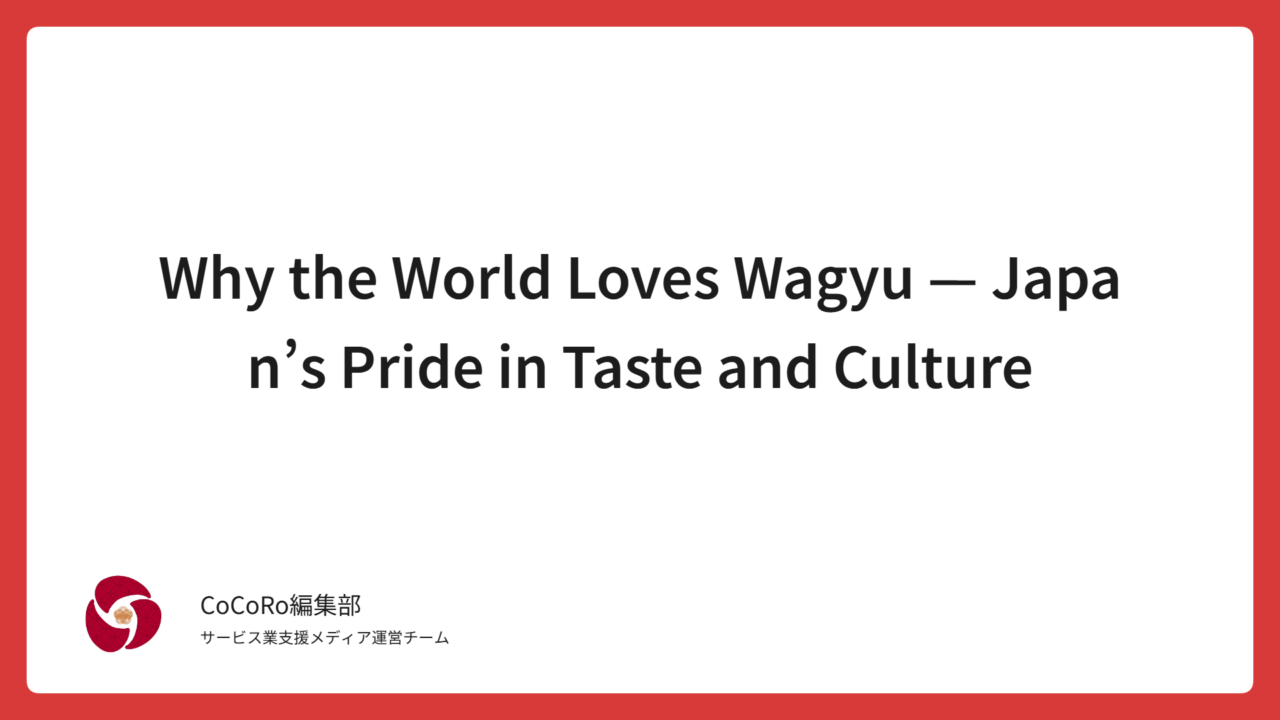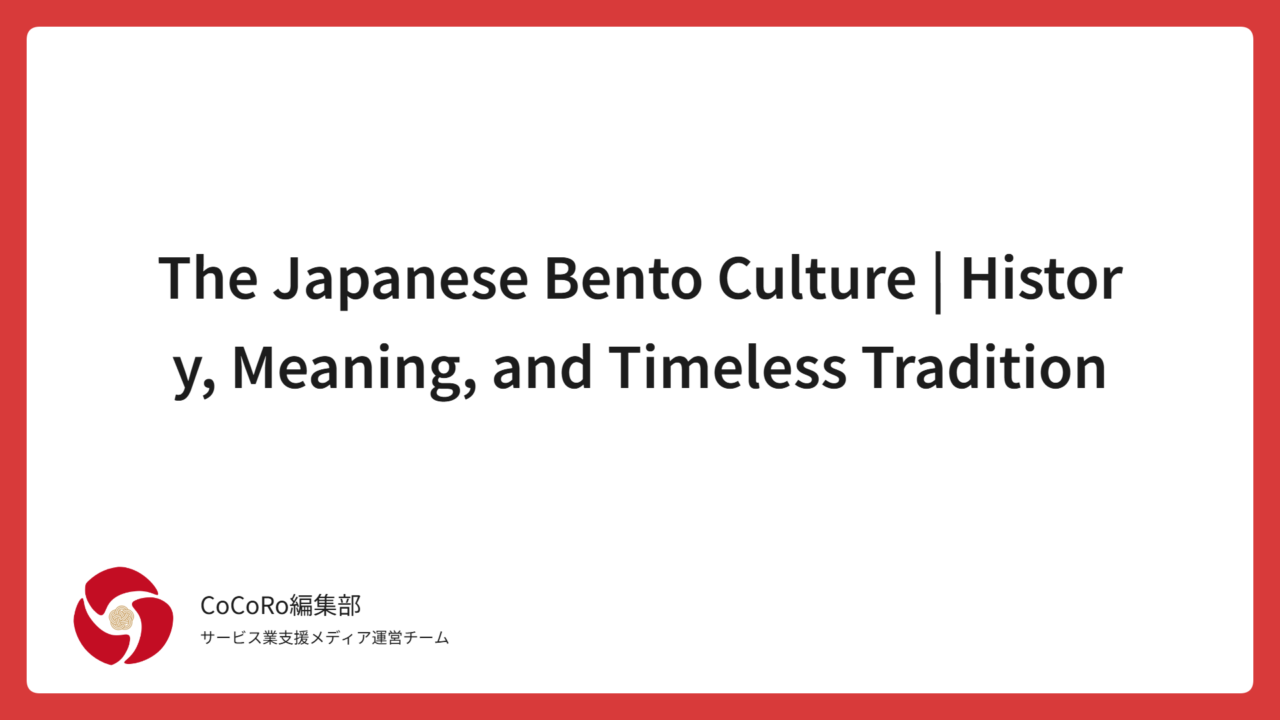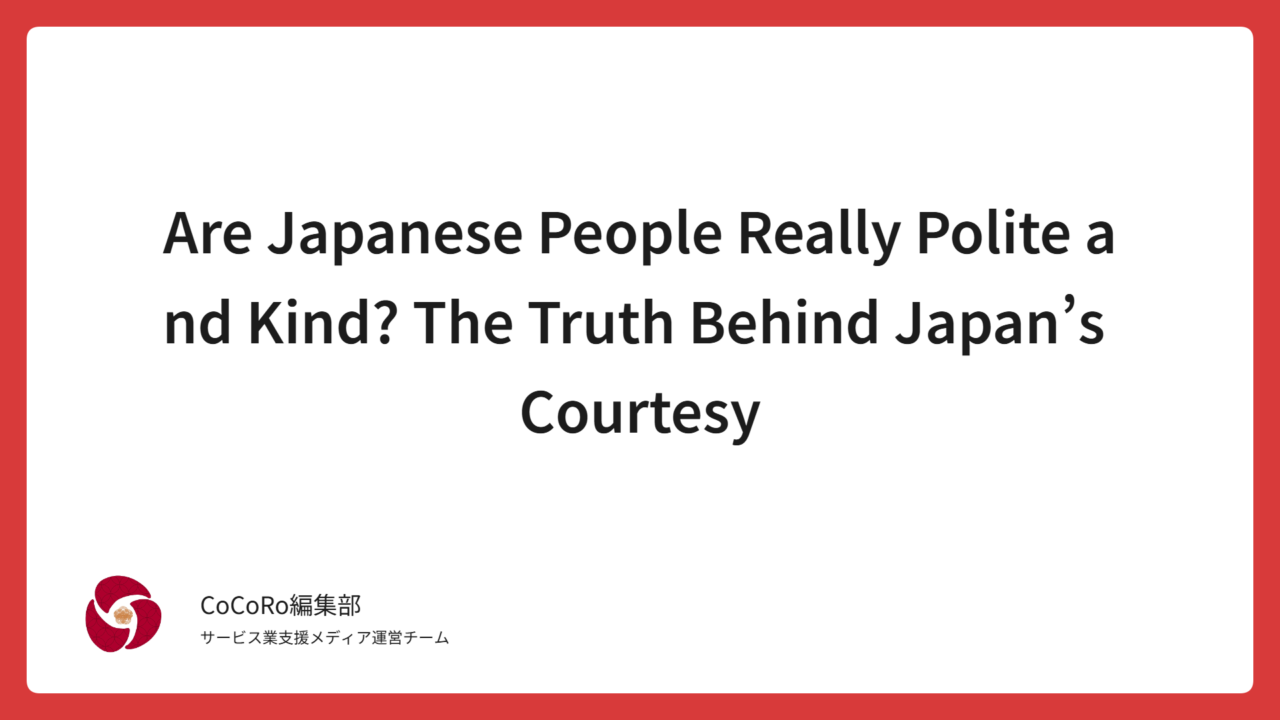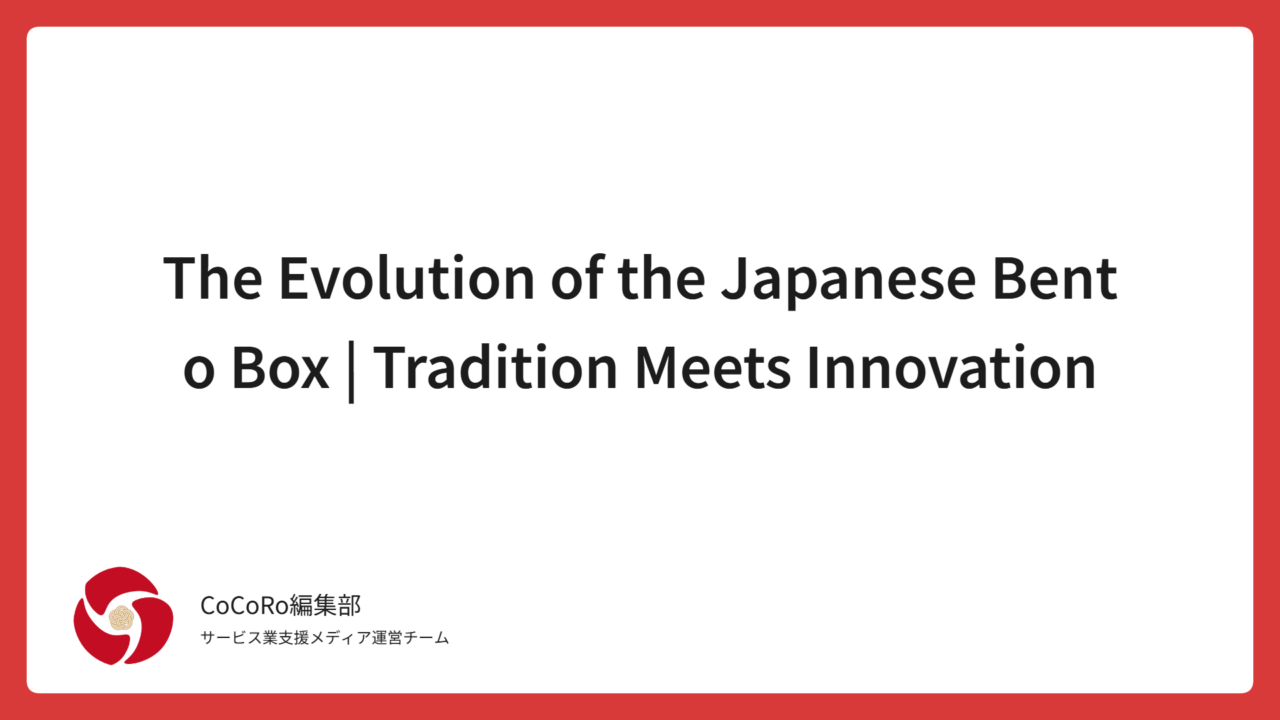
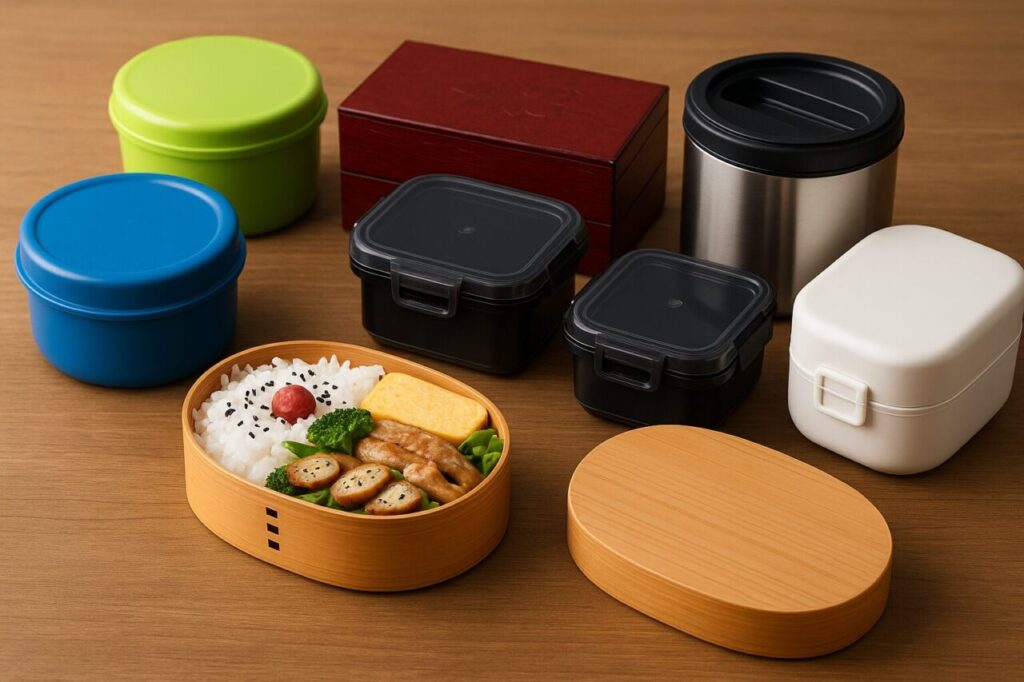
- Chapter 1: The Global Bento Box Boom – Why the World Is Falling in Love with “Bento”
- Chapter 2: The History of the Bento Box — Tracing 1,000 Years of Evolution from Bamboo Wraps to AI Innovation
- Chapter 3: The Beauty of Japanese Bento Boxes — Craftsmanship and Tradition in Perfect Harmony
- Chapter 4: A Guide to Bento Box Materials — Characteristics and How to Choose the Right One
- Chapter 5: The Art of Design and Presentation — Japan’s Culture of “Visually Beautiful Bento”
- Chapter 6: Modern Bento Box Trends — In-Depth Look at Popular Brands and Cutting-Edge Features
- Chapter 7: What Makes a Bento Box Sustainable? — The New Wave of Eco Materials and Reusability
- Chapter 8: The Global Appeal of the Bento Box — A Fusion of Health, Design, and Cultural Value
- Chapter 9: The Bento Box as a Reflection of Japanese Values and Lifestyle
- Chapter 10: The Future of the Bento Box — How AI, IoT, and Eco Materials Will Shape the Next 100 Years
Chapter 1: The Global Bento Box Boom – Why the World Is Falling in Love with “Bento”
In recent years, the term “Bento Box” has frequently appeared in international lifestyle magazines and across social media.
Japanese-style lunch boxes now line the shelves of supermarkets in the U.S. and Europe, while hashtags like #bentobox and #japaneselunch have flooded Instagram with countless posts.
A Bento Box is far more than just a “lunch box.”
It embodies the Japanese spirit of cherishing food, the pursuit of visual harmony, and the aesthetic sensibility woven into everyday life.
What fascinates people around the world is not only what’s inside the Bento Box, but the container itself.
In a time when food culture, design, and environmental consciousness intersect, the Bento Box has emerged as a uniquely Japanese form of “everyday wellness.”
Chapter 2: The History of the Bento Box — Tracing 1,000 Years of Evolution from Bamboo Wraps to AI Innovation
The origin of the Bento Box dates back over a thousand years to Japan’s Heian period (794–1185).
At that time, it did not yet take the form of a box. Instead, people carried dried rice (hoshii) or rice balls wrapped in bamboo leaves or tree bark — a simple, portable meal known as tsutsumi-shoku, or “wrapped food.”
This was the earliest form of what would later become the Bento — a meal designed to be carried anywhere.
During Japan’s Sengoku period (1467–1615), samurai warriors began carrying their meals on the battlefield by hanging small containers from their waists — a practice that came to be known as koshi-bento, or “waist bento.”
In an age when open fires were impractical or dangerous, dried rice (hoshii) served as a crucial field ration. It was lightweight, preserved well, and could be eaten as is, making it invaluable not only to soldiers but also to ninja as an emergency food supply.
From the Azuchi-Momoyama period (1573–1603) through the Edo period (1603–1868), the development of lacquerware craftsmanship gave rise to what we now recognize as the Bento Box.
Wooden and lacquered multi-tiered boxes were used during cherry blossom viewings, tea ceremonies, and intermissions at Noh and Kabuki performances.
Meals were no longer merely for nourishment — they became a refined form of cultural expression.
It was during this era that the Makunouchi Bento was born — an elegant, compartmentalized meal enjoyed during theater intermissions.
This style became the prototype for the modern Japanese Bento culture we know today.
In the Meiji period (1868–1912), advances in metalworking technology led to the creation of the aluminum Bento Box.
Lightweight, durable, and hygienic, it quickly gained popularity among students and industrial workers.
During Japan’s postwar period of rapid economic growth, the silver-colored aluminum lunch box came to symbolize the nation’s resilience, diligence, and hope for the future.
In the late Showa period (1926–1989), the introduction of plastic Bento Boxes completely transformed their design and role in daily life.
Lightweight, easy to wash, and available in endless colors and shapes, plastic brought flexibility and creativity to the lunch box.
This shift turned the Bento Box into a reflection of each household’s personality — paving the way for the Heisei-era “Character Bento” boom, where food became a playful form of self-expression.
In the Reiwa era (2019–present), a new generation of smart Bento Boxes has emerged — equipped with AI temperature control and automatic heating functions.
At the same time, eco-conscious materials such as bamboo fiber and recycled PET are gaining attention, signaling yet another stage in the Bento Box’s ongoing evolution.
Chapter 3: The Beauty of Japanese Bento Boxes — Craftsmanship and Tradition in Perfect Harmony
One reason Japanese Bento Boxes are so highly regarded around the world lies in their functional beauty — the seamless balance between aesthetic grace and everyday usability.
This harmony of form and function reflects a core philosophy at the heart of Japanese craftsmanship.
A perfect example of this philosophy is the magewappa, a traditional wooden Bento Box crafted in the Odate region of Akita Prefecture.
Made by shaving thin sheets of cedar or cypress, bending them into shape, and fastening them with strips of cherry bark, each box is a masterpiece of precision and care.
Because the wood “breathes,” it naturally regulates moisture, keeping rice soft and flavorful even after it cools.
A gentle aroma of wood lingers, offering the warmth and calm that only natural materials can provide.
In contrast, lacquered Bento Boxes convey a sense of depth and luxury, making them suitable for formal or ceremonial occasions.
Each one is meticulously hand-coated by skilled artisans in multiple layers, achieving both remarkable durability and timeless beauty.
Behind these Japanese-made Bento Boxes lies a philosophy that transcends mere functionality.
They embody values such as using things for a long time, finding joy in their care, and feeling the changing seasons through everyday use.
Rather than serving a consumerist purpose, they reflect a distinctly Japanese mindset — one that sees the act of using as a cultural experience in itself.
Chapter 4: A Guide to Bento Box Materials — Characteristics and How to Choose the Right One
One of the most captivating aspects of the Bento Box lies in the diversity of its materials.
Each material offers a unique texture, weight, and feel, allowing people to choose a box that best suits their lifestyle and the way they enjoy food.
| Material | Key Characteristics | Best Suited For |
|---|---|---|
| Wood (Magewappa, Cherry Wood) | Excellent breathability and natural aroma; keeps rice soft and delicious even when cool | Traditional Japanese meals, artisan-style Bento |
| Lacquerware | Luxurious appearance, high durability, and superior moisture retention | Formal occasions, celebrations |
| Aluminum | Lightweight, sturdy, and excellent heat conductivity | Students, hiking, outdoor use |
| Plastic Bento Boxes | Light, easy to wash, and available in various designs and colors | Commuting, children’s lunches |
| Stainless Steel | Odor-resistant and highly hygienic | Office workers, overseas users |
| Glass / Silicone | Microwave-safe and ideal for health-conscious lifestyles | Meal prep and portion control |
| Bamboo Fiber / Biodegradable Materials | Eco-friendly and reusable | Sustainable and eco-conscious living |
When choosing a Bento Box, the key is not how it looks, but how you plan to use it.
Do you prefer the wooden box that keeps rice delicious even when cool, the stainless steel type that retains heat, or the lightweight plastic one that’s easy to carry?
The ideal Bento Box varies depending on your lifestyle and eating habits.
Chapter 5: The Art of Design and Presentation — Japan’s Culture of “Visually Beautiful Bento”
Japanese Bento Boxes are designed not only for function but also with a deep consideration for aesthetic composition.
Color, placement, spacing, and dividers — each element is arranged with a sense of balance that feels almost like a form of art.
The white of rice, the red of pickled plum, the green of broccoli —
without even realizing it, Japanese people instinctively arrange their meals with an awareness of the “five colors of beauty.”
When the visual harmony is achieved, a sense of satisfaction arises even before the first bite.
Moreover, the very act of packing a Bento is itself a quiet moment of mindfulness.
Amid the busyness of daily life, one moves their hands while thinking of someone dear.
That simple, intentional gesture lies at the very heart of Japan’s Bento culture.
Overseas, this sense of aesthetics is often admired as “Zen Lunch” or “Mindful Eating.”
The Japanese Bento Box has been embraced as a tool for cultivating mindfulness — a way to nourish not only the body but also the heart through food.
Chapter 6: Modern Bento Box Trends — In-Depth Look at Popular Brands and Cutting-Edge Features
Modern Bento Boxes represent a seamless fusion of functionality and design.
For example, heat-retaining lunch boxes from brands like THERMOS and Zojirushi can keep meals warm for over six hours, allowing you to enjoy rice that feels freshly cooked even on a cold winter day.
In contrast, brands such as KINTO and MUJI (Muji) emphasize simplicity and refined design.
They promote the idea of “packing as an expression of unadorned beauty,” aligning perfectly with today’s minimalist lifestyle.
Furthermore, in recent years, smart Bento Boxes have made their debut.
With features like USB heating and app connectivity, users can adjust the temperature of their meals even while on the go — a sign of how Japan’s lunch culture is evolving into an IoT-powered experience.
This diversification shows that carrying a Bento Box has become more than just a mealtime habit — it has grown into a form of fashion and self-expression.
Chapter 7: What Makes a Bento Box Sustainable? — The New Wave of Eco Materials and Reusability
Amid the global movement toward the SDGs (Sustainable Development Goals), a new mindset has emerged — one that shifts from disposability to reusability.
The Bento Box perfectly embodies this change in values.
Eco-conscious materials are rapidly emerging — from bamboo fiber and bioplastics to containers made with recycled wood powder.
Owning a personal Bento Box has become a modern symbol of environmental awareness and sustainable living.
Bento Boxes also contribute to reducing food waste.
By packing only the amount one needs, people naturally develop the habit of avoiding waste and finishing their meals.
The Japanese concept of “mottainai” — a deep respect for resources and the desire not to waste — is now being rediscovered around the world.
Chapter 8: The Global Appeal of the Bento Box — A Fusion of Health, Design, and Cultural Value
The global popularity of the Bento Box can be attributed to its perfect balance of health, design, and efficiency.
In the United States, the Bento Box has merged with the “Meal Prep” culture, becoming a staple for those who value nutrition control and organized eating.
Across Europe, there is growing appreciation for Japan’s minimalist design and seasonal aesthetics, inspiring a new wave of Bento-style products.
Brands such as Monbento in France and Bentgo in the U.S. have gained strong popularity for bringing Japanese-inspired lunch culture into everyday life.
In today’s social media era, where sharing meals visually has become part of culture,
the Bento Box has emerged as a symbol of “Healthy & Beautiful” living.
What captivates people around the world is not just the food itself — but the spirit of the Japanese lunch, a quiet expression of living beautifully.
Chapter 9: The Bento Box as a Reflection of Japanese Values and Lifestyle
Tracing the history of the Bento Box is, in many ways, tracing the evolution of Japanese values themselves.
| Era | Type of Bento Box | Symbolic Values |
|---|---|---|
| Edo Period (1603–1868) | Lacquerware and multi-tiered boxes (jubako) | Beauty, Courtesy, and Seasonality |
| Showa Period (1926–1989) | Aluminum | Diligence and hygiene |
| Heisei Period (1989–2019) | Plastic Bento Boxes | Family/Individuality |
| Reiwa Period (2019–present) | Smart and eco-friendly Bento Boxes | Sustainability, Innovation, and Mindfulness |
For the Japanese, who have long valued living beautifully and mindfully, the Bento Box is far more than just a container — it is a vessel that holds one’s way of life.
At the heart of it lies the belief that to arrange one’s food is to arrange one’s mind.
In today’s fast-paced world, perhaps what people truly seek is the quiet moment that lives within a Bento Box.
Chapter 10: The Future of the Bento Box — How AI, IoT, and Eco Materials Will Shape the Next 100 Years
The Bento Box of the future will continue to evolve through the fusion of technology and tradition.
AI will optimize temperature, while built-in sensors monitor the freshness of ingredients.
As smart Bento Boxes equipped with batteries and heat-retaining systems become mainstream,
we may soon enter an era where anyone can enjoy the perfectly optimized meal — anytime, anywhere.
At the same time, natural materials such as magewappa and lacquerware are being rediscovered for their human warmth and craftsmanship.
The more technology advances, the more people seem to long for the touch of human hands.
This delicate balance between innovation and tradition is where the true future of the Bento Box lies.
The Bento Box is a small vessel that embraces the past, supports the present, and designs the future.
Within it lives the spirit of the Japanese heart — and a timeless philosophy of beauty that continues to captivate the world.


